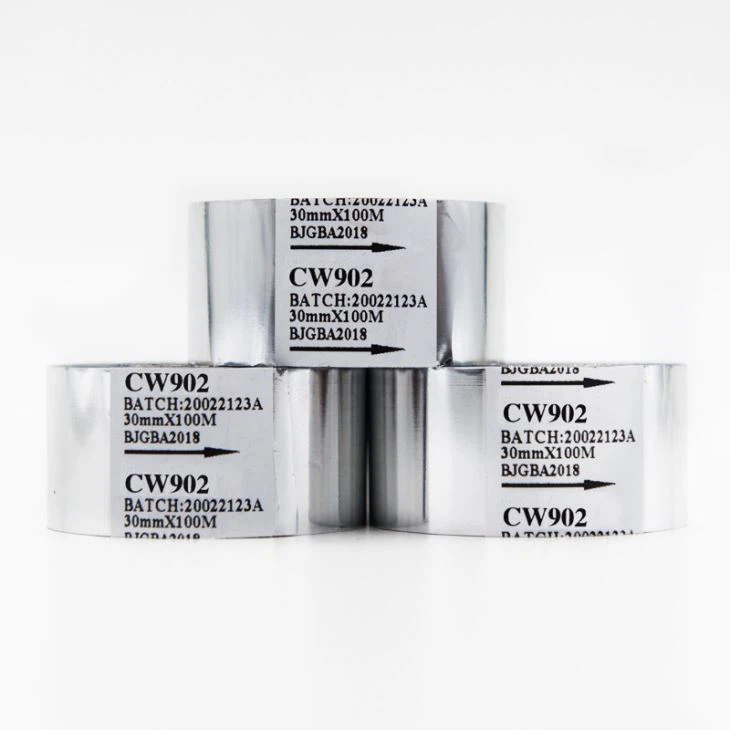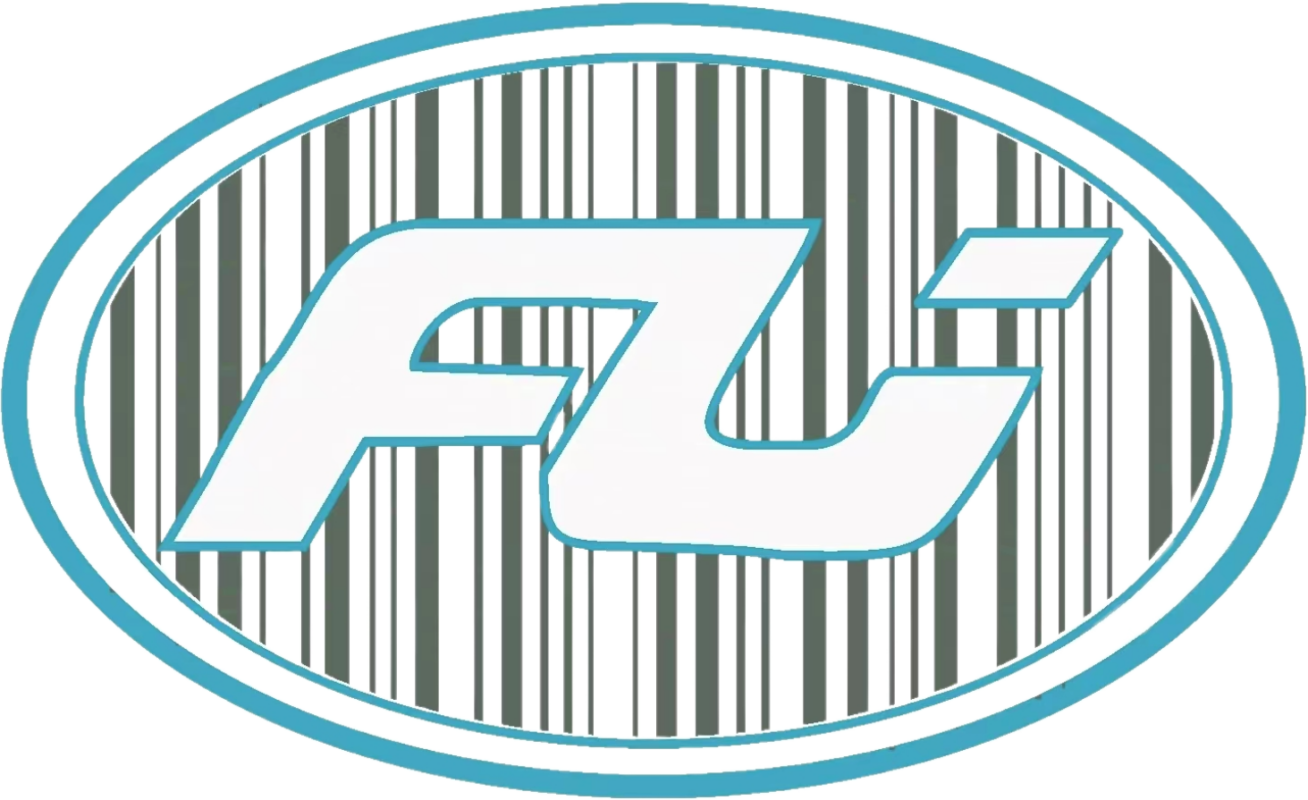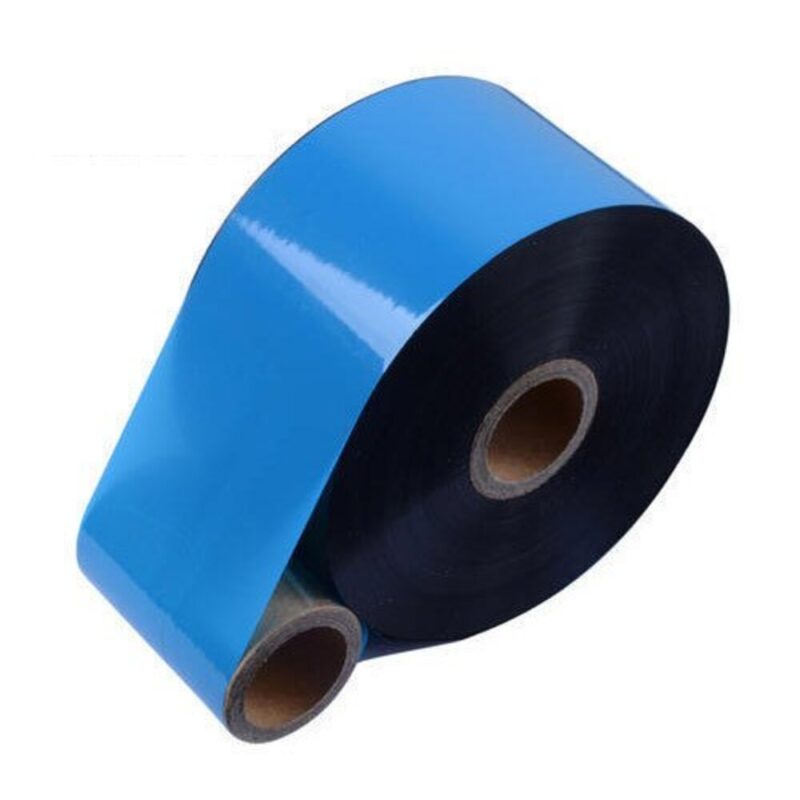ブログ
包装・ブランド用リボンラベルの種類
Businesses across multiple sectors now rely on ribbon labels as fundamental components for both branding and packaging. The flexibility of ribbon labels makes them the perfect solution for fashion accessories and gift packaging as well as food products and cosmetics. Selecting the right type of ribbon label that meets your brand requirements will substantially enhance your product presentation and customer experience.
You’ll learn about the primary ribbon label materials and their typical uses as well as discover how to choose the ideal material for your business needs through this article. This guide supplies distributors, wholesalers, and purchasing managers with essential insights to enable informed sourcing choices.
The significance of ribbon labels becomes evident when considering their impact on brand representation and packaging presentation.
Creating a Premium Look and Feel
Ribbon labels effectively express luxury and meticulous attention to detail while suggesting careful consideration. The texture alongside visual appeal of ribbon labels raises consumer perception of product value.
Functional and Aesthetic Benefits
Ribbon labels deliver practical advantages including easy application and adaptability for different package shapes in addition to their durability.
Customization Flexibility
Ribbon labels offer full customization options through their range of colors, widths, print types, and textures to help represent brand identity effectively.
Main Types of Ribbon Labels by Material
1. Satin Ribbon Labels
- Appearance: Smooth, glossy surface with elegant sheen
- Texture: Soft and luxurious
- Best For: Cosmetics, wedding packaging, fashion accessories
- This product shows great compatibility with both foil stamping and screen printing methods.
2. Grosgrain Ribbon Labels
- Appearance: Ribbed texture, matte finish
- Texture: Firm and structured
- Best For: Apparel, crafts, children’s products
- Screen printing works well while foil requires more effort.
3. Organza Ribbon Labels
- Appearance: Sheer and translucent
- Texture: Lightweight and airy
- These ribbons excel when used for wrapping gifts and making floral arrangements as well as wedding favors.
- Printing: Works best with high-opacity ink
4. Cotton Ribbon Labels
- Appearance: Natural and rustic
- Texture: Soft and organic
- Cotton ribbon labels excel in eco-friendly product packaging, handmade goods presentation, and skincare brand promotion.
- Cotton Ribbon Labels perform excellently with both thermal transfer and screen printing methods.
5. Nylon Ribbon Labels
- Appearance: Smooth and slightly shiny
- Texture: Durable and lightweight
- Best For: Sportswear, industrial packaging
- Printing: Compatible with various printing technologies
Use Case Scenarios: Matching the Right Label to the Product
Fashion and Apparel
- Satin and grosgrain ribbons bring elegance and structure to products.
- These ribbons work well for clothing tags and accessory bands as well as packaging wraps.
Food and Beverage
- Cotton ribbons emphasize natural and artisan qualities
- Nylon ribbons offer durability for refrigeration environments
Gifts and Floral Packaging
- Organza ribbons provide charm and softness
- Satin ribbons elevate gift box presentations
Health and Beauty
- High-end skincare and cosmetic products pair well with cotton and satin ribbons
- Boosts unboxing experience for end customers

Printing Techniques for Ribbon Labels
Screen Printing
- Ideal for bold and opaque designs
- Grosgrain ribbons paired with satin ribbons and cotton ribbons exhibit great results during printing.
Foil Stamping
- Produces a metallic shine that stands out
- Best on satin and smooth ribbons
Sublimation Printing
- Delivers full-color and gradient results
- Most effective on polyester-based ribbons
Thermal Transfer Printing
- Preferred for small runs and detailed logos
- Suitable for cotton and nylon ribbons
Factors to Consider When Choosing Ribbon Labels
1. Product Compatibility
Select materials and textures which enhance both the visual presentation and tactile sensation of your product.
2. Print Quality and Durability
The chosen material should withstand physical handling and environmental factors while preserving logo sharpness.
3. Brand Messaging
Choose ribbon labels to strengthen your brand’s messaging by focusing on values like luxury or innovation.
4. Budget and MOQ
When selecting suppliers consider both material costs and production timelines along with minimum order quantities.
Sustainability Trends in Ribbon Labels
- The recycled polyester ribbons are produced from post-consumer plastic bottles.
- Organic Cotton Ribbons: Biodegradable and natural feel
- Eco-printing relies on low-impact dyes to ensure less harmful waste production.
- Potential suppliers should have OEKO-TEX, GOTS, and FSC-certified packaging partners.
Conclusion: Select the correct ribbon label to create your desired business impression.
Your business communicates through ribbon labels because these elements serve as powerful branding assets beyond just decoration. The right material and design selection enhances your product appearance and creates a lasting impression with customers through memorable experiences.
The appropriate ribbon label selection can transform your brand from good to exceptional for both high-end cosmetics packaging and eco-friendly gift set creation.
Seeking bulk supplies of premium ribbon labels for your business needs? We provide unique industry-specific solutions tailored to meet your business requirements.
👉 Contact us now
📧 sales@foyottr.com
📞 Tel: +86-592-6018318
🌐 https://foyottr.com/
Frequently Asked Questions (FAQ)
Q1: Which ribbon material offers the highest durability for labels? **
A1: Nylon ribbon labels stand out as top choices for industrial and sportswear labels due to their superior durability and moisture resistance.
Q2: Can ribbon labels be machine-washed? **
A2: Nylon and polyester ribbons become machine washable when they have durable prints created through special inks or transfer techniques.
Q3: The smallest number of custom ribbon labels you can order varies across suppliers but typically starts from 1,000 meters or 1,000 pieces based on width and design customization. **
A3: The minimum order quantity from suppliers depends on the product but typically begins at 1,000 meters or 1,000 pieces based on label width and customization features.
Q4: Do eco-friendly ribbon labels cost more? **
A4: The extra cost of eco-friendly ribbon labels can usually be validated through their branding benefits and sustainability certifications.
Q5: Is it possible to obtain samples before making a large-scale purchase? **
A5: Absolutely. Sample packs for testing quality and confirming designs are available from most manufacturers including our company.

